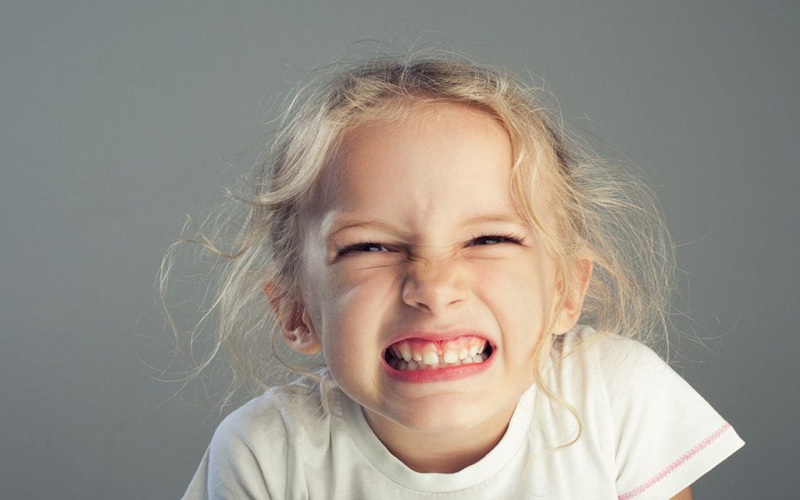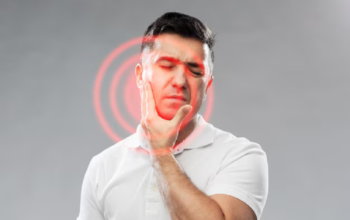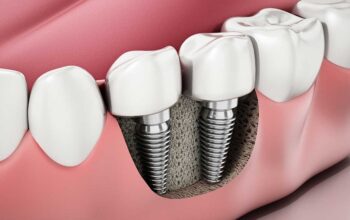Teeth grinding, also known as bruxism, is a common habit in children that can have serious consequences for their oral health and overall well-being. It is estimated that up to 30% of children grind their teeth, with the majority of cases occurring in children under the age of 10.
In this article, the family dentist in Columbia, MD, and their team will explore everything you need to know about teeth grinding in children.
What causes teeth grinding in children?
Some common causes include:
Stress and anxiety: Children may grind their teeth due to stress, anxiety, or frustration related to school, family, or social issues.
Misalignment: Misaligned teeth or a misaligned bite can cause teeth grinding.
Pain: Earaches, headaches, or other pain can lead to teeth grinding.
Habit: Teeth grinding can be a habitual behavior, often occurring during sleep.
Developmental stage: Children may grind their teeth during teething or when losing baby teeth.
Nutritional deficiencies: Deficiencies in minerals like calcium, magnesium, or vitamin B12 can contribute to teeth grinding.
Sleep disorders: Sleep apnea, restless leg syndrome, or other sleep disorders can increase the risk of teeth grinding.
Neurological factors: Certain neurological conditions, such as cerebral palsy or autism, can increase the risk of teeth grinding.
Medications: Certain medications, such as antidepressants or stimulants, can cause teeth grinding as a side effect.
Family history: Children may be more likely to grind their teeth if their parents or siblings also grind their teeth.
Poor oral habits: Thumb sucking, nail biting, or other oral habits can lead to teeth grinding.
Dental problems: Dental issues like crooked teeth, gum disease, or tooth decay can contribute to teeth grinding.
What are the signs and symptoms of teeth grinding in children?
Common symptoms of teeth grinding in children include:
Wear and tear on teeth: Visible signs of wear on the teeth, such as chipping or flattening.
Jaw pain or tenderness: Pain or tenderness in the jaw, face, or temples.
Headaches: Frequent headaches, often described as dull or throbbing.
Earaches: Pain or discomfort in the ears.
Clicking or popping of the jaw: Sounds or sensations when opening or closing the mouth.
Difficulty chewing or biting: Trouble chewing or biting food due to jaw pain or discomfort.
Teeth sensitivity: Sensitivity to hot, cold, or sweet foods and drinks.
Grinding or clenching sounds: Noises during sleep, often described as grinding, clenching, or tapping.
Sleep disturbances: Sleep disruptions, such as insomnia, sleep talking, or sleepwalking.
Morning fatigue: Waking up feeling tired or groggy.
Facial pain: Pain or tenderness in the cheeks, temples, or forehead.
Swollen jaw muscles: Enlarged or tender jaw muscles.
Chipped or cracked teeth: Visible signs of damage to the teeth.
Gum recession: Exposed roots or receding gums.
Tooth mobility: Loose teeth or teeth that feel like they’re shifting.
How are teeth grinding in children treated?
Treatment of teeth grinding in children depends on the underlying cause, severity, and age of the child. Here are some common treatment options:
Mouth guards: Custom-made mouth guards to protect teeth from grinding.
Relaxation techniques: Teaching relaxation methods like deep breathing, meditation, or yoga to manage stress.
Dental correction: Correcting misaligned teeth or bites to prevent grinding.
Pain management: Managing pain through medication or other means.
Behavioral modification: Helping children become aware of and change their grinding habits.
Orthodontic treatment: Addressing underlying orthodontic issues contributing to grinding.
Biofeedback therapy: Training children to recognize and control muscle tension.
Medication: In some cases, medication may be prescribed to help manage stress, anxiety, or pain.
Counseling: Addressing underlying emotional or psychological issues contributing to grinding.
Habit-breaking appliances: Devices that discourage grinding habits.
Teeth straightening: Straightening teeth to improve alignment and reduce grinding.
Bite adjustment: Adjusting the bite to reduce grinding.
Stress management: Teaching children stress-management techniques, such as journaling or drawing.
It’s essential to work with a pediatric dentist or healthcare professional to determine the best treatment plan for your child’s specific needs.




